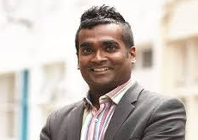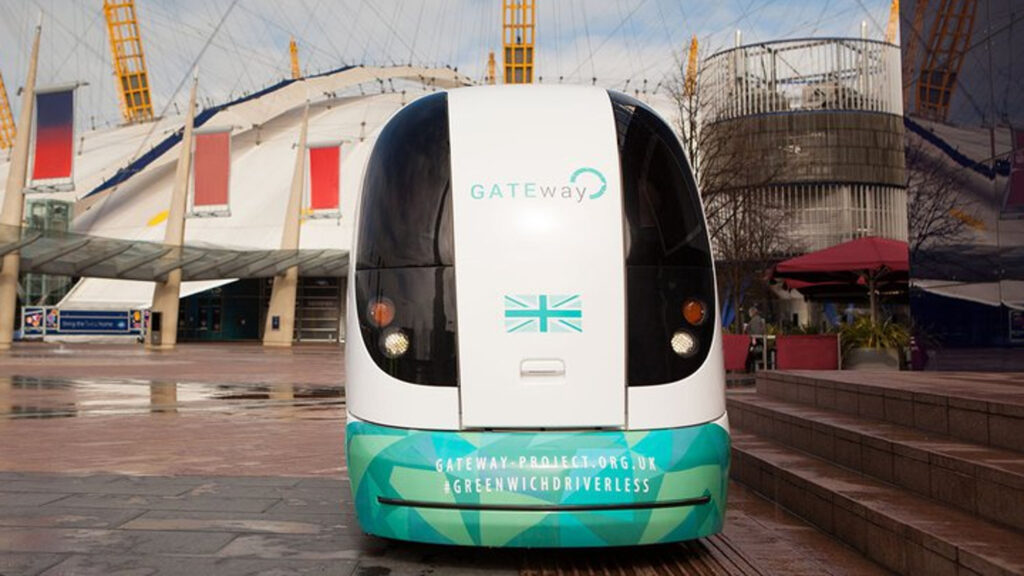Whether you’re still in education or a few rungs up the career ladder, we could all do with inspiration to show us what is achievable and to gain an insight into what others are doing in the field. 
This month our role model is Rama Gheerawo at HHCD. He shares his passion for inclusive design, the important traits role models should possess and how new technology is revolutionising the speed at which he can get his job done
The Helen Hamlyn Centre for Design (HHCD) at the Royal College of Art (RCA) in London was founded in 1991 and in 1999 it became a fully-fledged research centre, widening its focus from design for an ageing population to design to improve people’s lives across a range of social needs.
Rama Gheerawo was a founding member and worked as a research fellow from 1999 until 2009 when he was appointed deputy director. Then, in October 2015 he became director having built a reputation as a world-leading expert on people-centred and socially inclusive design.
Gheerawo’s education is in engineering and product design. Following a BA in mechanical engineering from Imperial College, he undertook an MA in Industrial Design Engineering from the RCA. Having graduated in 1998 he had a brief stint in industry before joining HHCD.
Gheerawo writes, publishes, lectures and curates exhibitions on design to audiences that include students, academics, designers, industry and government. He also leads on many of HHCD’s projects and programmes, one of the more recent ones being exploring the world of driverless vehicles as part of the GATEway (Greenwich Automated Transport Environment) project.
What inspired you to become an engineer?
I wanted to be a designer since I was 14. Specifically, a superstar vehicle designer. But in my early twenties I became disillusioned with design because I felt it could do much more than just create an aesthetic or creative offer. I believed design could deal with some of society’s toughest issues. This led to an amazing design career and now at HHCD, we don’t create superstar designers, we create superstar projects.
What has been one of the biggest challenges you’ve faced in getting to where you are?
That my job didn’t exist! I worked for a series of design consultancies and for myself, and it brought a lot of learning, but it didn’t bring total satisfaction – I knew I wanted something that was very people-centred. So when the HHCD was founded, that first year was absolutely magical, because we didn’t know if we would succeed or fail, we didn’t know if we would make any impact, would inclusive design take root? So what was a barrier became a bridge.
What has been a career high or most memorable work moment?
Becoming director. I’ve been with HHCD from the start and I’m incredibly passionate about it. It’s now a globally recognised brand, a movement, a philosophy. I’ve noticed more and more students being interested in this way of thinking, in this people-centred approach, and less wanting to be superstar designers.
In terms of your career, who has been your role model?
I’ve had many people light the landing lights for me. A lot of tutors who went beyond being tutors to being enablers. With the previous directors of the Centre I almost undertook an apprenticeship. All the people I consider role models had a few hallmarks, they always had time, they were busy, but they always had time. They never bashed the learning into you and they were never hierarchical. I think trust is another thing with role models, and authenticity.
What is your view on diversity in the engineering and design workforce?
I think everyone is diverse. I run a pretty diverse team – there’s 15 nationalities and about 30 people. There is a kind of personal diversity, so I think we talk about diversity in terms of culture, race, gender, but actually in inclusive design we have a new saying which is, it used to be about one size fits all, and now it’s about one size fits one. That for me is diversity.
What technology or design tools do you use day-to-day in your job?
I attenuate between quite a lot of hi-tech and lo-tech. I use my Montblanc fountain pen – it’s a beautiful piece of design. The next thing, is my smartphone. I’m absolutely interested in all sorts of AR, VR, AI etc.
I’m already starting to use some of that in my work. So I rarely type emails now, I voice dictate them, and it’s absolutely revolutionised the speed at which I can do things. Human conversation, if I can call it a design tool, is where we do a lot of work and creativity.
With the advantage of hindsight, what career advice would you give to your younger self?
Have vision with heart as well as the head. I never saw design as a career choice, it’s a lifestyle, and that has problems because you can be doing it 24/7 at the expense of other things. So finding that balance is very important.
If you were hosting a dinner party who would you invite and why?
I’ve had so many fantastic conversations and meals across the globe with people who have pushed and pulled my thinking and enabled me to think deeper, feel wider; intellectually and emotionally. So I wouldn’t like to have a dinner party, I’d love to have a banquet with all of them and for them to meet each other.






